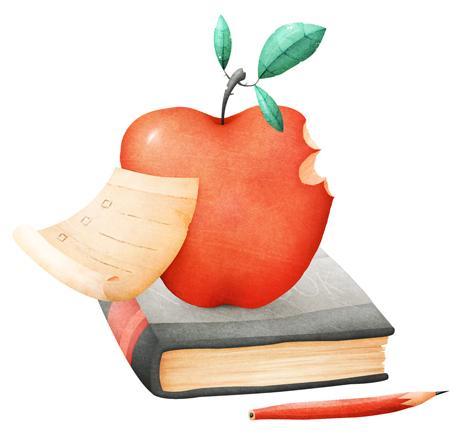
Lea Vervoort’s illustration should inspire us to take out our pencils and try our hand at writing a different POV. Lea was featured on Illustrator Saturday.
One of the most important decisions you will make in writing your story is choosing which point of view to use. Each can change the feel of your story.
First Person Point of View – The narrator is “I” or “we.” Only things that are heard, seen, thought or known by the narrator can be revealed.
First Person Peripheral: This also uses “I” or ‘”my,” but from the p.o.v. of a minor character who observes – usually in a more neutral and detached manner – the actions of the main characters. Like with 3rd person objective, the detachment from the main character(s) creates a lack of knowledge, and heightens the suspense.
Second Person Point of View – The narrator addresses the reader or some other assumed “you”: You know how it is to fall in love. You think you shouldn’t go shopping. . .
This is a relatively rare point of view and is difficult to sustain. It is based upon the address of one speaker to a second person. It uses the “you” and “your” pronouns throughout, which, as you can imagine, is difficult to maintain without sounding repetitive.
Used mainly with instruction manuals, recipes, giving directions, and poetry.
Third Person Point of View, Panoramic – The narrator sees all the action, but doesn’t read minds. Think of this as being like a movie camera–anything that can be seen or heard can be described, but the reader is not privileged to see into any character’s thoughts.
Third Person Point of View, Controlled Consciousness – This is probably the easiest point of view for a beginning writer to use. Like first person, we see all the action through the eyes of a single character, and we can only see what that character sees. The difference is we use “he” or “she” instead or “I” or “we”. With controlled consciousness point of view, through we choose one character to experience our story. This character is called, the viewpoint character, but we can have more than one viewpoint character in a novel. Preferably, the viewpoint character should change only at chapter or scene breaks and should never change without good reason.
Third Person Omniscient – The narrator is God-like; knows and sees everything, and can move from one mind to another. Remember: although third person omniscient allows the most flexibility, it is difficult to manage. Besides visiting the heads of different characters, we can also see into the future or see things that none of the characters can see.
Objective Point of View – With the objective point of view, the writer tells what happens without stating more than can be inferred from the story’s action and dialogue. The narrator never discloses anything about what the characters thinks or feels, remaining a detached observer.
Talk tomorrow,
Kathy
I’ve been reading so many MG and YA novels lately that seem to break the rules of POV…so much “head hopping” my own head spins from it! Are editors more relaxed about these rules now or do they need a “crash course” in POV as well? Just asking.
LikeLike
By: darlenebeckjacobson on April 5, 2016
at 12:30 pm
Thank you for this very clear and concise explanation of Point of View.
LikeLike
By: jmo71421 on April 6, 2016
at 8:25 am
Omniscient narration is my one true way to go, and no editor may dissuade me therefrom.
LikeLike
By: schillingklaus on June 8, 2016
at 1:53 pm